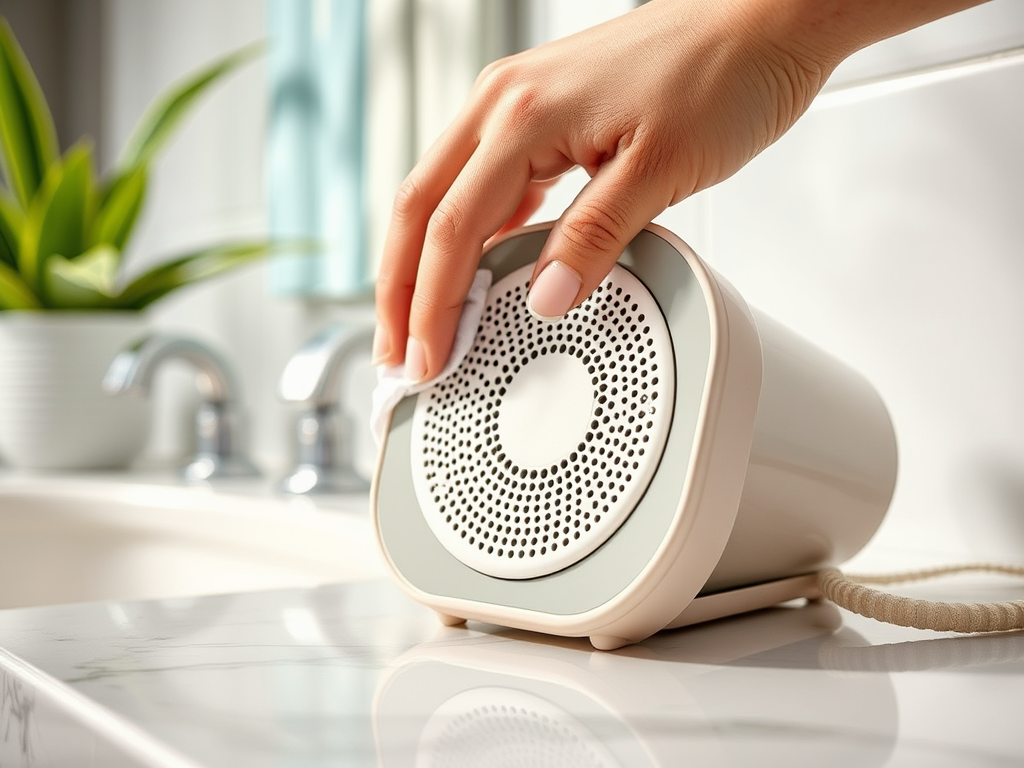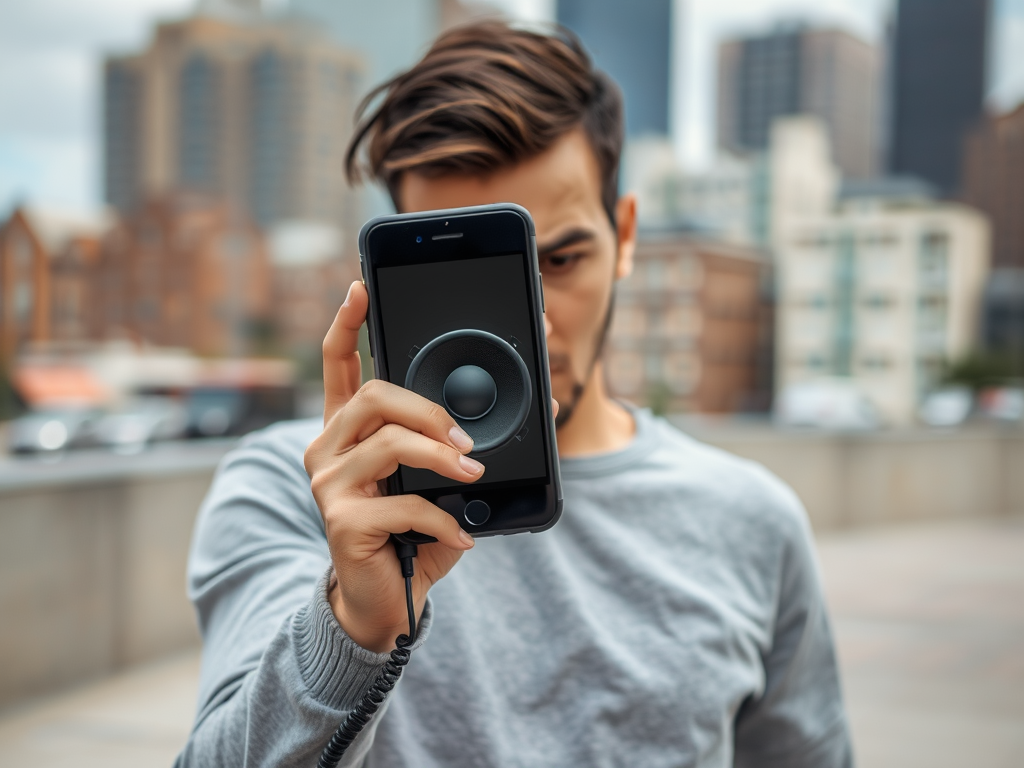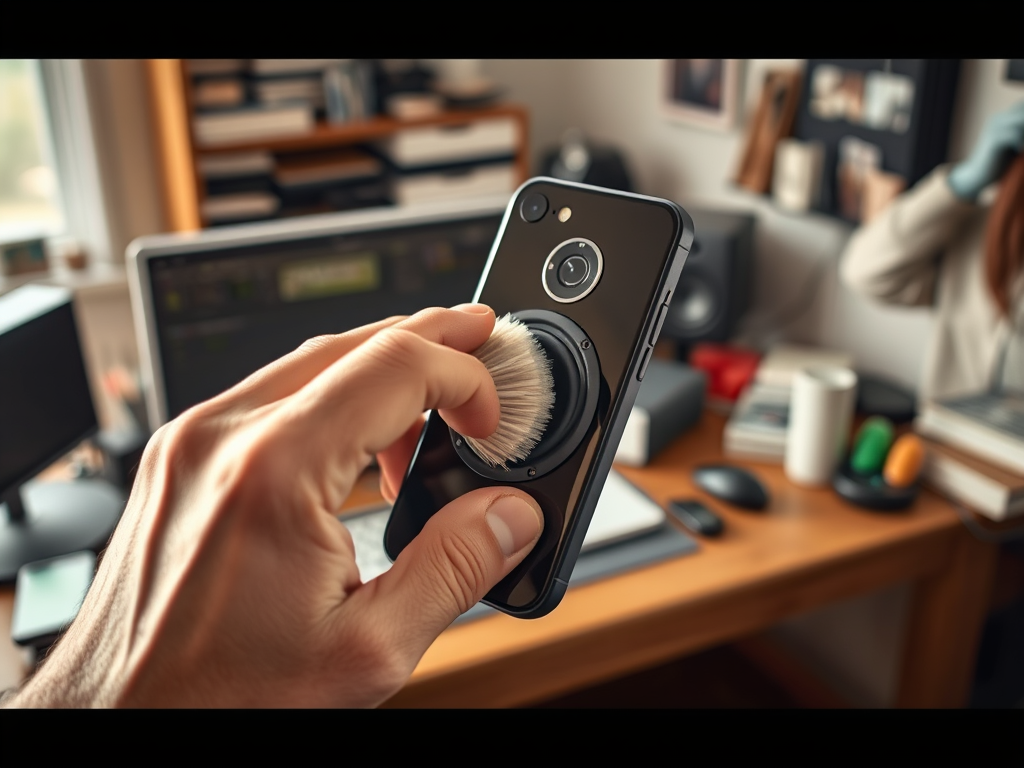There’s nothing more frustrating than realizing that your phone speaker has stopped working. In our increasingly connected world, a malfunctioning speaker can disrupt everything from phone calls to music enjoyment. While you may initially panic, understanding the core issues and following systematic troubleshooting can help you regain audio functionality. This article dives into the intricacies of diagnosing speaker problems and provides practical tips for resolution. By exploring both software and hardware aspects, you will be empowered to tackle even the trickiest of audio predicaments. So let’s get started on this journey to restore your device’s sound quality.
Understanding the Problem: Initial Steps to Take

Before diving into troubleshooting your phone speaker, it’s essential to determine where the problem lies. Understanding whether it’s a software glitch or a hardware issue can save you valuable time. Begin by checking the basic settings of your device. Here are a few immediate actions you can take:
- Check Volume Settings: A simple oversight of muted or very low volume can lead to unnecessary worry.
- Inspect Audio Source: Switching between different apps can help you rule out app-specific issues that could be causing the problem.
- Use Voice Commands: If you’re unsure, use voice commands to see if the device responds, indicating it may not be entirely non-functional.
Common Causes of Speaker Issues

Identifying the potential causes of speaker issues helps streamline your troubleshooting process. A significant percentage of audio failures are attributed to software glitches, which are typically temporary and reversible. On the other hand, physical damage can lead to more complex repairs and replacements. Here’s a list of the most common causes of speaker problems:
- Software Glitches: These can render your speaker unusable, often manifesting as intermittent failures or a total lack of response.
- Physical Damage: Drops, bumps, or exposure to liquids may compromise internal components.
- Settings Misconfiguration: Sometimes, audio routing settings can be altered unintentionally, affecting sound output.
Troubleshooting Software Issues
Now that you know the possible causes, let’s focus on software-related fixes. If you suspect a software issue, the following steps can often restore functionality effortlessly. One of the simplest and most effective methods is to restart your phone. Restarting can clear temporary files or minor glitches that have taken root in your system.
After restarting, ensure that your operating system is up-to-date to avoid compatibility issues. Software updates often include bug fixes that can resolve existing problems. Additionally, resetting your phone’s settings can help revert any problematic configurations that might have caused your speaker trouble. Here are the steps to reset your settings:
- Go to “Settings.”
- Navigate to “General Management.”
- Select “Reset.”
- Choose “Reset Settings” or “Factory Reset” depending on the severity of the issue.
| Action | Purpose | Outcome |
|---|---|---|
| Restart Phone | Clear temporary glitches | Often resolves sound issues |
| Update Software | Install the latest fixes | Enhances device performance |
| Reset Settings | Revert to default configurations | Potentially fixes audio routing issues |
Troubleshooting Hardware Issues
If software troubleshooting has not resolved the issue, it’s time to investigate hardware problems. Hardware issues can be more complex and may require hands-on assessment. Begin by inspecting your phone’s speaker area for dust, debris, or obstructions that may affect audio output. Gently clean the speaker area with a soft brush or cloth.
Testing your phone with a pair of headphones is another effective strategy. Plugging in headphones can help you determine whether the issue lies with the speaker itself or if the phone is routing audio incorrectly. If you hear sound through the headphones but not from the speaker, it’s likely a speaker or hardware malfunction. If the speaker doesn’t work but the headphones do, you have a good indication that the software may still be at fault.
Conclusion
A non-working phone speaker can be a frustrating experience, but with systematic troubleshooting, many issues can be resolved without professional help. From basic setting checks to more intricate software updates and even physical inspections, following these tips will guide you in restoring your device’s audio functionality. Understanding whether your issue stems from hardware or software allows you to tackle problems effectively. However, not every issue can be fixed with these DIY methods, and when all else fails, seeking professional assistance can save your sanity and get your device back in working order.
Frequently Asked Questions
- What are the signs that my phone speaker is broken? No sound during calls or media playback, crackling noises, or very low sound quality.
- Can software issues really affect my phone speaker? Yes, software glitches can prevent the speaker from functioning correctly.
- Is it worth fixing a phone speaker? If the phone is otherwise functional and valuable, it’s typically worth fixing.
- How can I clean my phone’s speaker? Use a soft brush or compressed air to gently remove dust and debris without damaging the speaker.
- What do I do if my phone speaker still doesn’t work after troubleshooting? Consider reaching out to a professional technician for a comprehensive inspection.





